Do you have a question about the Ruckus Wireless zoneflex t301s and is the answer not in the manual?
Introduces Ruckus Wireless APs, their features, and deployment options.
Assumes prior installation; refers to installation guides for specific models.
Identifies physical features of various Ruckus Wireless AP models.
Outlines initial setup steps and firmware compatibility for AP configuration.
Highlights differences in the Web interface menu for dual-band APs.
Covers setting device name, location, and service provider login details.
Details how to configure AP's network and Internet connection settings.
Enables AP to function as a gateway router with DHCP and DNS.
Explains configuration of common wireless settings and WLAN specific settings.
Defines AP's Ethernet port behavior, including trunking and VLAN settings.
Provides steps for enabling and customizing Hotspot service on APs.
Displays an overview of the AP's current status, name, MAC address, and software version.
Shows AP's network settings like IP, gateway, DNS server, and connection type.
Allows viewing router configurations and client lists for configured subnets.
Shows the current common wireless settings the AP is using.
Monitors wireless clients associated with the AP and their connection status.
Guides on changing the default administrator username and password for security.
Covers enabling management access via HTTP, Telnet, and SSH.
Explains how to view AP logs and configure automatic delivery to a syslog server.
Details methods for updating the AP's firmware via FTP, TFTP, Web, or local file.
Restarts the AP or its integrated cable modem without changing settings.
Provides instructions for resetting the AP to its original factory settings.
Describes how to use ping and traceroute tools to check network connections.
Directs users to the Ruckus Wireless Support Portal for additional documentation.
Important safety precautions for installation, operation, and handling of APs.
Explains text formatting conventions used in the document for clarity.
Defines the meaning of notice types like NOTE, CAUTION, and WARNING.
Details regulatory information and power limits for Zone 2 access points.
Introduces Ruckus Wireless APs, their features, and deployment options.
Assumes prior installation; refers to installation guides for specific models.
Identifies physical features of various Ruckus Wireless AP models.
Outlines initial setup steps and firmware compatibility for AP configuration.
Highlights differences in the Web interface menu for dual-band APs.
Covers setting device name, location, and service provider login details.
Details how to configure AP's network and Internet connection settings.
Enables AP to function as a gateway router with DHCP and DNS.
Explains configuration of common wireless settings and WLAN specific settings.
Defines AP's Ethernet port behavior, including trunking and VLAN settings.
Provides steps for enabling and customizing Hotspot service on APs.
Displays an overview of the AP's current status, name, MAC address, and software version.
Shows AP's network settings like IP, gateway, DNS server, and connection type.
Allows viewing router configurations and client lists for configured subnets.
Shows the current common wireless settings the AP is using.
Monitors wireless clients associated with the AP and their connection status.
Guides on changing the default administrator username and password for security.
Covers enabling management access via HTTP, Telnet, and SSH.
Explains how to view AP logs and configure automatic delivery to a syslog server.
Details methods for updating the AP's firmware via FTP, TFTP, Web, or local file.
Restarts the AP or its integrated cable modem without changing settings.
Provides instructions for resetting the AP to its original factory settings.
Describes how to use ping and traceroute tools to check network connections.
Directs users to the Ruckus Wireless Support Portal for additional documentation.
Important safety precautions for installation, operation, and handling of APs.
Explains text formatting conventions used in the document for clarity.
Defines the meaning of notice types like NOTE, CAUTION, and WARNING.
Details regulatory information and power limits for Zone 2 access points.
| Model | ZoneFlex T301s |
|---|---|
| Frequency Bands | 2.4 GHz, 5 GHz |
| IP Rating | IP67 |
| Wireless Standards | 802.11a/b/g |
| Maximum Data Rate (5 GHz) | 1.3 Gbps |
| Maximum Data Rate (2.4 GHz) | 300 Mbps |
| Ethernet Ports | 1 x 10/100 Mbps |
| Power over Ethernet (PoE) | 802.3af |
| Mounting | Pole, wall |
| Humidity Range | 5% to 95% (non-condensing) |
| Weight | 1.2 kg |
| Type | Outdoor Wireless Access Point |
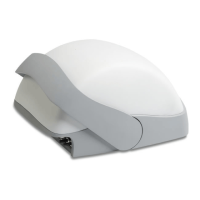
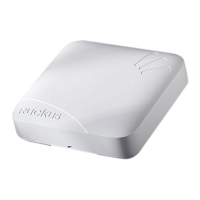




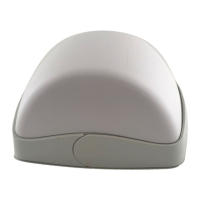


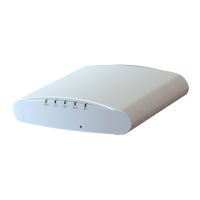
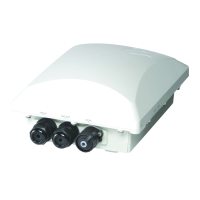
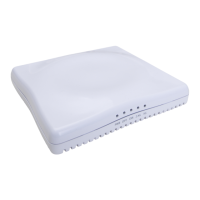
